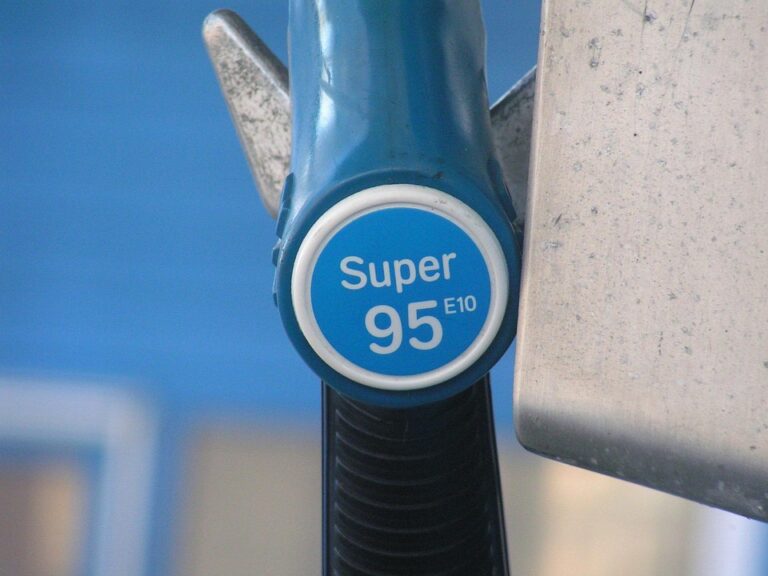Emission Standards and Regulations: How Diesel and Petrol Compare
Understanding the differences between diesel and petrol (gasoline) vehicles is essential for both consumers and policymakers, especially in light of evolving emission standards and regulations. As the automotive industry faces pressure to reduce its carbon footprint, this article will explore how these two fuel types stack up against each other in terms of emissions, regulatory challenges, and future trends.
The Basics of Diesel and Petrol Emissions
Both diesel and petrol engines release pollutants into the atmosphere, but the nature and quantity of these emissions differ significantly.
Diesel Emissions
Diesel engines are often praised for their fuel efficiency and durability. However, they are known to emit higher levels of nitrogen oxides (NOx) and particulate matter (PM) compared to petrol engines. Key emissions associated with diesel vehicles include:
- Nitrogen Oxides (NOx): Contributes to smog and respiratory problems.
- Particulate Matter (PM): Tiny particles that can enter the lungs and bloodstream, causing health issues.
- Carbon Dioxide (CO2): Although diesel engines are typically more fuel-efficient, they still emit significant CO2.
Petrol Emissions
Petrol engines tend to produce fewer NOx and PM emissions but generate more carbon monoxide (CO) and hydrocarbon (HC) emissions. Key emissions associated with petrol vehicles include:
- Carbon Monoxide (CO): A poisonous gas produced during incomplete combustion.
- Hydrocarbons (HC): Contributes to the formation of smog.
- Carbon Dioxide (CO2): Although generally lower per gallon than diesel, petrol engines still contribute significantly to global CO2 emissions.
Comparing Emission Standards for Diesel and Petrol
Given the differences in emissions, various governments have established stringent regulations aimed at reducing air pollution from both fuel types.
European Emission Standards
In Europe, the Euro emissions standards classify limits for exhaust emissions from all vehicles. Here’s a breakdown of key differences:
- Euro 6: Implemented in 2015, this regulation significantly reduced allowable NOx emissions from diesel engines. For example, the limit dropped to 80 mg/km compared to 180 mg/km under Euro 5, making diesel cars subject to stricter regulations.
- Euro 5: The standard, established in 2009, did not enforce as strict limits for petrol engines, particularly regarding NOx emissions, making diesel vehicles less favorable.
United States Emissions Standards
In the U.S., the Environmental Protection Agency (EPA) sets the standards for both diesel and petrol vehicles:
- Tier 2 and Tier 3 Standards: Introduced between 2004 and 2017, these regulations require significant reductions in NOx and PM from diesel vehicles, aligning them closer to petrol standards. Notably, the standards focus on overall greenhouse gas emissions and NOx, specifically impacting diesel manufacturers.
The Impact of Regulation on Consumer Choice
The varying regulations on diesel and petrol vehicles significantly impact consumer choice. The following factors come into play:
Economic Considerations
- Fuel Efficiency: Diesel engines typically offer greater fuel efficiency, appealing to consumers looking for long-term savings despite potentially higher initial costs.
- Resale Value: Compliance with stringent emissions regulations has led to a depreciation in the value of older diesel vehicles, impacting buyer sentiment.
Environmental Consciousness
As awareness of climate change grows, many consumers are becoming more eco-conscious. The choice between diesel and petrol often involves consideration of emissions. Green initiatives and incentives for electric vehicles (EVs) further complicate this decision, as they offer zero tailpipe emissions.
The Future: Trends and Innovations
Advances in Technology
With stricter regulations on the horizon, both diesel and petrol vehicles are evolving. Innovations include:
- Selective Catalytic Reduction (SCR): Implemented in many diesel vehicles, SCR systems reduce NOx emissions by converting them into nitrogen and water vapor.
- Gasoline Direct Injection (GDI): Enhances fuel efficiency in petrol engines while reducing CO2 emissions.
Shift Towards Electric Vehicles
The automotive industry is currently witnessing a significant shift towards electric vehicles (EVs), driven by both consumer demand and regulatory pressures. Many experts predict that with increasingly stringent regulations, the future may see a phase-out of diesel and petrol vehicles in favor of cleaner alternatives.
Conclusion
The comparison of emission standards and regulations between diesel and petrol vehicles reveals a complex landscape shaped by environmental, economic, and technological factors. While diesel engines offer superior fuel efficiency, they fall short in terms of emissions control compared to petrol engines, especially in light of modern regulations. As we move forward, the rise of electric vehicles presents an exciting opportunity to reduce emissions and combat climate change, potentially leading to a future where both diesel and petrol cars are relics of the past.
For more insights on automotive advancements and sustainable driving, visit our related articles on buzzo.live. Stay informed and make conscious choices regarding your vehicle and the environment.


